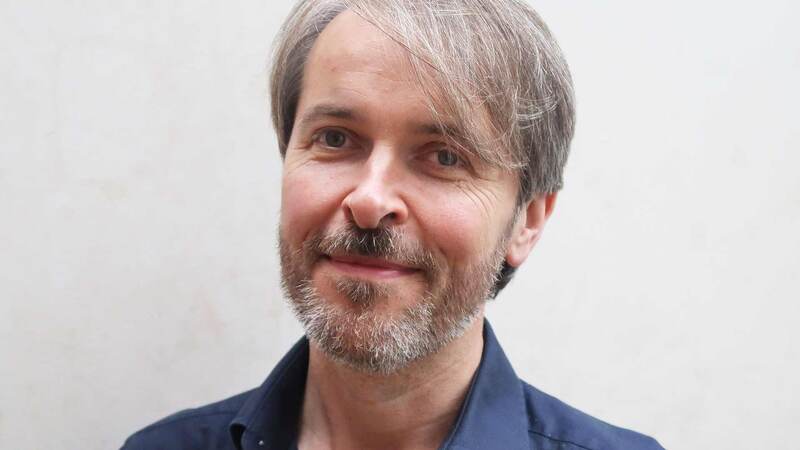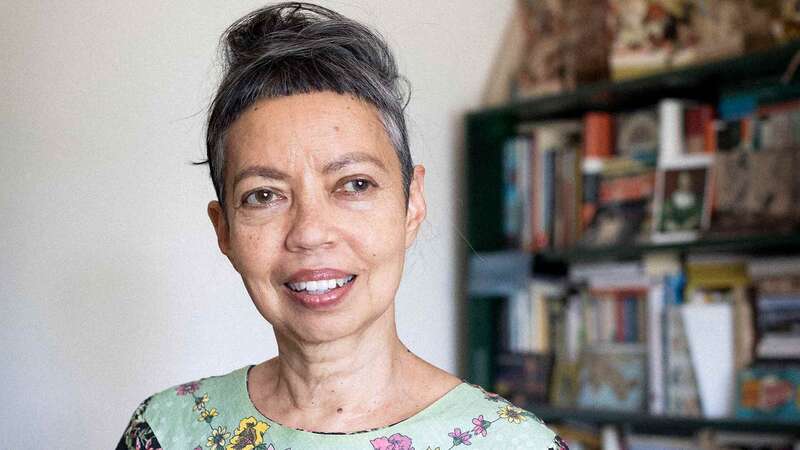You are viewing your 1 free article this month. Login to read more articles.
Roger Moore: A licence to thrill
Caroline Horn
When the Teletubbies arrived on our screens almost a decade ago, they led a revolution in the children's licensing market. The swathe of toys, games and products launched alongside the series, supported by a massive marketing programme, indicated the potential of preschool properties.
Sales of Teletubbies spin-offs were worth some £3m a year at their peak and opened the way for the likes of Bob the Builder, Noddy, Balamory and Fifi and the Flowertots. Each has had as big an impact on the high street as on the small screen.
The Teletubbies will celebrate their 10th anniversary in 2007, and the children's licensing market has changed dramatically since they arrived. Worth about £2.7bn a year in the UK alone (according to NPD Eurotoys), the frenzy of activity in the preschool arena has been replaced by a more studied approach to children's licensing across all age ranges. Today it is taken for granted that, to be successful, a new property will need a strong TV/film platform, a decent marketing spend, and a recognised production company behind it--Ragdoll (creator of Teletubbies), Hit Entertainment and Pixar will all guarantee interest.
The property also needs a publishing deal. Books give a longevity that often cannot be achieved by screens alone, says Sally Floyer, who heads the new imprint BBC Children's Books, which is 75% owned by Penguin. "TV properties become established when they are accepted by the retail book trade, and to give a TV brand stamina, the books need to be strong enough to have a store presence."
Conversely, a traditional televison platform will no longer guarantee a book deal, says Emma Cairns-Smith, head of licensing at Egmont Publishing. "There are so many properties being aired on programmes like Channel 5's 'Milkshake' that are nice but don't have that something special that would take it into a book format."
Growing characters
The UK children's licensed properties publishing market is showing healthy growth. Consumer spending on character books (excluding annuals) in the year to 25th June 2006 was about £22m--6% of total children's book purchases (BML/TNS). Nielsen BookScan records that sales of licensed books were up 36% in the first four months of 2006. Classic preschool brands, as well as "Narnia", have driven the market.
Preschool is still the most active area. Publishing for naught to four years represents around 60% of children's licensed book sales--and grew by 54% in the first four months of this year.
Ayshea Scharf, publishing director of licensed properties for HarperCollins Children's Books, says the growth partly reflects a change in consumer attitudes towards preschool brands. "Our research has shown that parents now trust brands on television, whereas they used to mistrust them. Around 80% of preschoolers now have a book related to their favourite TV character." Early learning is also a big part of the equation, with parents looking for books that will help their child's development--Noddy, published by HarperCollins, is a big player here.
The costs and risks involved in acquiring such licences are high--but the results can be rewarding. HarperCollins five years ago decided to aggressively pursue licensed publishing, and its licensing output now matches its fiction. Penguin partnered with BBC Worldwide two years ago to create a joint venture for tie-in publishing, gaining access to some of the biggest TV programmes such as "Dr Who". Random House Children's Books aims to grow its portfolio, taking on Balamory, Pokoyo and others.
The latest entrant is Parragon, which won the Disney licence in 2005--its titles now regularly feature in the BookScan top 10--and it recently signed up the Bratz licence.
But Egmont remains the most established name, and its hold on the UK licensing publishing market has grown to around 50%, claims head of licensing Emma Cairns-Smith. As well as heavy involvement in annuals, Egmont has licences for a roll-call of book-originated classics such as Thomas the Tank Engine, Winnie the Pooh, Miffy, Mr Men, Fireman Sam and Postman Pat. Earlier this year it won the publishing licence for Bob the Builder from Penguin. "Our policy was to buy evergreens--and we put Bob the Builder into that category now--but we have acquired all the brands that are available to us so we have to move beyond that," Cairns-Smith says. "We are looking for slightly different acquisitions than in the past and for brands that will give longevity." Egmont is also involving its magazine division in bids.
Fast returns
Publishers have previously made attempts to move up the age ranges with their acquisitions, but there is now a sense of greater confidence. Egmont will be announcing two new licences in the four to seven-year-old range, and HC is moving into "tween" with Lola Love (by Mizz agony aunt Lisa Clark) in January 2007. The BBC is beginning looking at more tie-ins to support its programmes for older children following the success of "Dr Who". CBBC's new "The Secret Show" is aimed at seven to 11-year-olds, and the publisher is developing tie-ins for a new Robin Hood show coming this autumn.
Film licences can provide higher and quicker returns than TV properties, but frenzied auctions can prove costly: films have a sales window of around six weeks. Scholastic and Dorling Kindersley paid a high price for the Star Wars licence in the late 1990s--merchandise sales failed to take off--while the Hulk licence acquired by HC in 2003 was rumoured to have had a £100,000 guarantee. "That means you would have needed to achieve £1m of sales in six weeks," estimates one publisher. The film flopped. Yet HC's high-risk approach has worked with "Spider-Man", "Ice Age", "Shrek" and "The Lion, the Witch and the Wardrobe".
Licensors can be aggressive about the level of guarantees (or sales) that they demand from publishers. One answer is for the rights to be split--as with "Shrek 3", where HC has rights for storybook tie-ins while another publisher (t.b.c.) will handle novelty and activity books.
Publishers are also becoming more strategic in how they manage licences. They are developing closer relationships with licence partners in order to benefit from brand marketing (toy manufacturers spend heavily on TV ads), match price points, and dual-site (toy plus books) in retail.
Licensed publishing products are becoming better targeted at specific channels, says Ayshea Scharf. "The Noddy and Fifi publishing programmes were tailored to the mass market. We thought carefully about how the products would look when ranged together."
For retailers, how to display licensed products is as important as the range held. Mothercare is looking at how it can develop a dedicated "bookshop" area within stores. Some products, like Thomas the Tank Engine titles, can be sited with other gifts.
Waterstone's redesigned its licensed character areas last September. The main display focuses on traditional characters such as Thomas, Asterix, Dr Seuss and Maisie, but it also allows temporary displays for TV-related products. "We wanted displays that would help us keep up-to-date with what's on TV, to stay fresh and contemporary, without becoming muddled," says children's buyer Sam Harrison.
She agrees there are opportunities to grow older age ranges. "We are seeing older brands start to come in from publishers--Bratz, Felicity Wishes and W.I.T.C.H. among them--but these are mainly chapter books and joke or fact-led. Only the most dedicated Bratz fan is likely to pick up a book to read, though, so publishers really have to work. The books needs to be as exciting, interactive, modern and cool as possible. Otherwise they just won't succeed."
New licensed properties to watch out for
LazyTown (LazyTown Entertainment): Already airing on BBC and Nickelodeon and highly rated, the series combines CGI, live action and puppets, and encourages children to get healthy. A publishing tie-in programme is expected to be announced.
Lunar Jim (Alliance Atlantis Communications Inc): Already screening on the BBC and CBeebies, the programme for three to six-year-olds has a strong ecology theme. It follows the intrepid astronaut Luna Jim and his friends who live in Moona Luna, on the Moon. The first titles are published this autumn by BBC Children's Books.
Roary the Racing Car (Chapman Entertainment): This is the next project from Bob the Builder/Fifi and the Flowertots creator Keith Chapman. It follows the adventures of a young racing car and his friends and is expected to air in 2007. HarperCollins is the tie-in publisher.
In the Night Garden (Ragdoll): A new series for young children commissioned by the BBC and due to air in 2007. "In the Night Garden" is set to replace Teletubbies as the next major property for one to three-year-olds--it was created by the same partnership, Anne Wood and Andrew Davenport. Teletubbies tie-in publishing by BBC Children's Books.














